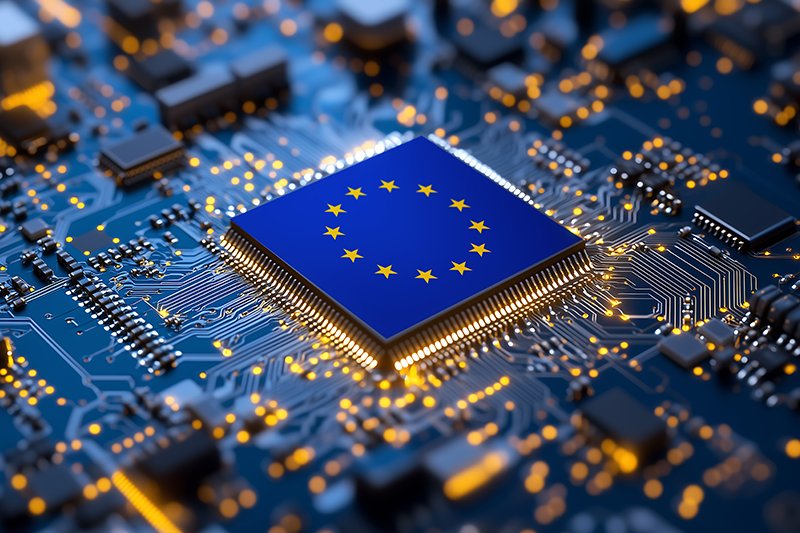- Fares Laroui
- December 4, 2019
How to effectively engage your gig workers
The topic of employee engagement is often examined from a single viewpoint. You have a business on one side and a full time employee on the other and numerous best practices and techniques in between to make this relationship as productive and efficient as possible. These best practices are a combination of soft skills, leadership skills, workplace design and modern enterprise tools that help businesses achieve higher engagement rates and avoid voluntary turnover.

Content
But what if you employ gig workers? Will these techniques be enough to engage and retain them? Or maybe you should consider a different approach?
In this blog post we will study employee engagement in the age of the gig economy, explore the reasons behind gig workers’ disengagement and provide tips on how to engage your gig workforce.

FREE WHITE PAPER
Types of Digital workplace solutions
The modern workplace has evolved significantly in recent years, with advancements in technology, the growing number of tools …
1. Exploring the gig economy
In a nutshell, the gig economy represents a free market where organisations contract with freelancers and individual contractors to work on short term projects in most cases. The term ‘gig economy’ was first introduced during the 2008 financial crisis in a time where full time jobs were difficult to find, and companies looked for cheaper alternatives to get things done. The trend stood the test of time thanks to widespread communication and collaborative solutions and the willingness of businesses and individuals alike to collaborate in this new way of work.
In fact, according to an Upwork study, 61% of independent workers stated that they take on freelance gigs by choice. The study also found that freelancers, including freelance marketers, prioritise achieving a better work-life balance, with 51% stating they would not return to traditional jobs at any cost.
Some businesses like Uber are also willingly adopting the gig economy and have even based their entire business model on individual contractors with more industries and even governmental organisations progressively adopting such models.
The gig economy has been growing steadily in recent years. A Wonolo study found that the year-on-year growth of freelancers and independent contractors was up from 1.3% in 2015 to 4.2% in 2017. The same study also expects that by 2027 more than half of the US workforce will be doing some freelance and gig work.
Despite this significant growth, the gig economy has always been associated with a number of disadvantages including lack of benefits, inconsistent income, additional expenses and high stress. But most importantly, gig workers often state isolation, lack of assistance and not being part of teams daily as their main concerns. This is mainly due to the inexperience of most businesses to manage and especially engage this new generation of workers.

FREE WHITE PAPER
The Complete
Guide to
Employee Engagement
Guide to
Employee Engagement
There are many definitions for the concept of employee engagement out there.
2. Tips on how to engage your gig workforce
Create an onboarding process for gig workers
Onboarding employees is often a tricky task for organisations. It gets even trickier with employees who are only there for short term projects. This is due to the unwillingness of businesses to share their vision and objectives with gig workers as they only tend to share information relative to the specific projects in hand. This results in a disconnect, a growing sense of isolation and disengagement that will most certainly push gig workers to look elsewhere.
The first step to creating an effective onboarding process is to provide a detailed job description with clear deadlines and KPIs. This way your gig workforce will know exactly what is expected of them and more importantly their exact role within the team.
Upon the integration of new members within the team, it is important to determine how you will communicate with them and how often. If you have a digital workplace or a chat application in place, make sure to create profiles for new members, add them to relevant chatrooms and grant them access to various resources and company updates. This will significantly improve their integration within the team and increase their sense of belonging and engagement.
Promote a collaborative culture
Getting teams to collaborate effectively is the main aim of any business. The task can be a bit more complicated with gig workers. This is because they may not be present in the office every day, which may constitute a barrier to communicating effectively with their colleagues. Furthermore, full-time employees may be unwilling to communicate and share certain knowledge as some may “hire AI freelancers” (especially the good ones) as a threat to their jobs.
To tackle these issues, managers have to work in different ways to strengthen the relationship between both groups of employees. This can be done by scheduling meetings to allow team members to get to know each other and understand each others’ roles within the team. Additionally, a host of collaborative solutions can be used to facilitate communication, collaboration on projects, file sharing and more.
Recognise desired behaviours and contributions
It goes without saying that recognising employees for their work and achievements is essential to keep them happy and productive. Recognition is also important for gig employees despite the short term nature of their jobs. Unfortunately, businesses do not seem to pay great attention to this, nor devote resources to recognising and engaging them.
Implementing a robust recognition programme can help you to attract, engage and retain the most talented freelancers. First, you have to determine the actions that should be recognised, how to recognise desired behaviours and whom the recognition comes from.
Recognition can take different forms. It can be written, verbal or tied to a gamification system with points and tangible rewards. For it to be effective, the programme should be tied to specific objectives and KPIs.
The gig economy gained momentum in the last decade out of necessity as individuals needed some sort of income and businesses did not have the funds to hire full time employees. Today, the gig economy is growing steadily and has moved from being a short term solution to a career choice with Millennials and Gen Z leading the charge.
With new technologies and tools making their way into the workplace, the gig economy is not expected to stop any time soon and may have a deep impact on the way we work and the global economy as a whole.
A Digital Workplace tailored to your needs
Discover How To Boost your employee
engagement and performance
engagement and performance
- Tags: Employee engagement, Tips & Tricks
5/5 - (47 votes)
I am a product marketing specialist at eXo. My role is to assist marketing and sales teams in their operations and present our digital workplace solution to the world. I mainly blog about the latest tech trends, digital transformation, internal communication and how to navigate through eXo Platform.
Related posts
- All
- eXo
- Digital workplace
- Employee engagement
- Open source
- Future of work
- Internal communication
- Collaboration
- News
- intranet
- workplace
- Knowledge management
- Employee experience
- Employee productivity
- onboarding
- Employee recognition
- Change management
- Cartoon
- Digital transformation
- Infographic
- Remote work
- Industry trends
- Product News
- Thought leadership
- Tips & Tricks
- Tutorial
- Uncategorized
Leave a Reply
( Your e-mail address will not be published)
Connexion
0 Comments
Commentaires en ligne
Afficher tous les commentaires


